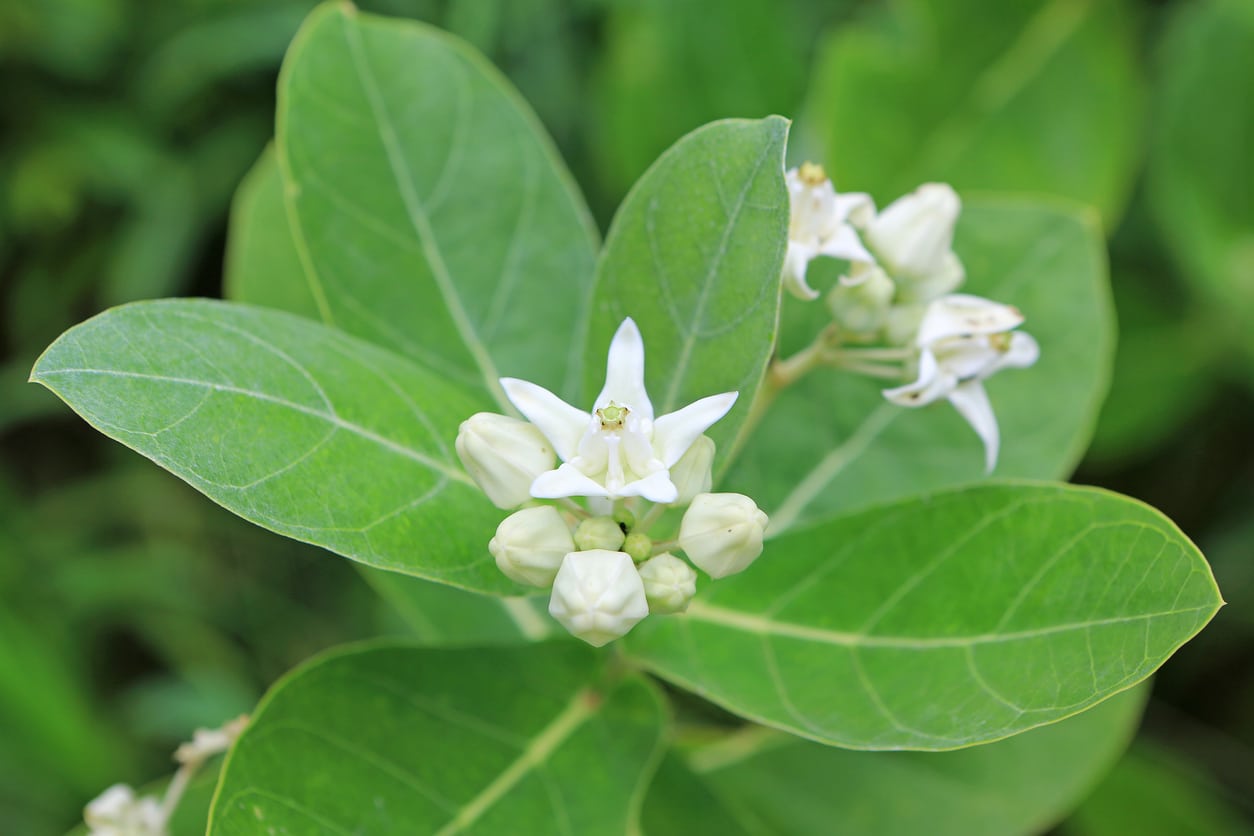What Are Calotropis Plants – Information On Common Calotropis Plant Varieties


Calotropis for the garden is a great choice for hedges or small, decorative trees-- but only in warm climates. This group of plants is only hardy to about zones 10 and 11, where they are evergreen. There are a few different calotropis plant varieties you can choose for height and flower color.
What are Calotropis Plants?
With some basic calotropis plant information, you can make a good choice of variety and location for this pretty flowering shrub. Calotropis is a genus of plants that are also known as milkweeds. Different types of calotropis have various common names, but they are all related and similar. Milkweeds are often considered weeds, and although native to Asia and Africa, have become naturalized in Hawaii and California. When cultivated in the garden and tended and pruned, they are pretty flowering plants that offer screening and privacy and an attraction for hummingbirds, bees, and butterflies. Growing requirements for calotropis include a warm winter, full to partial sun, and soil that drains well. If your calotropsis is well established it can tolerate some drought but really prefers medium-moist soil. With regular trimming, you can train calotropsis to an upright tree shape, or you can let it grow full as a shrub.
Calotropis Plant Varieties
There are two types of calotropis you may find at your nursery and consider for your yard or garden: Crown Flower – Crown flower (Calotropis procera) grows 6 to 8 feet (2 m.) tall and wide but can be trained as a tree. It produces purple to white flowers and can be grown indoors in a container or as an annual in colder climates. Gigantic Swallow Wort – Also known as giant milkweed, Calotropis gigantean is as the name sounds, and grows up to 15 feet (4.5 m.) tall. The flowers this plant produces each spring are usually white or pale purple but may also be greenish yellow. It makes a good choice if you want a tree rather than a shrub. Note: Like milkweed plants, which is where its link to the common name derives, these plants produce a characteristic milky sap that can be irritating to mucous membranes. If handling, be careful to avoid getting sap on the face or in the eyes.
Sign up for the Gardening Know How newsletter today and receive a free copy of our e-book "How to Grow Delicious Tomatoes".

Mary Ellen Ellis has been gardening for over 20 years. With degrees in Chemistry and Biology, Mary Ellen's specialties are flowers, native plants, and herbs.